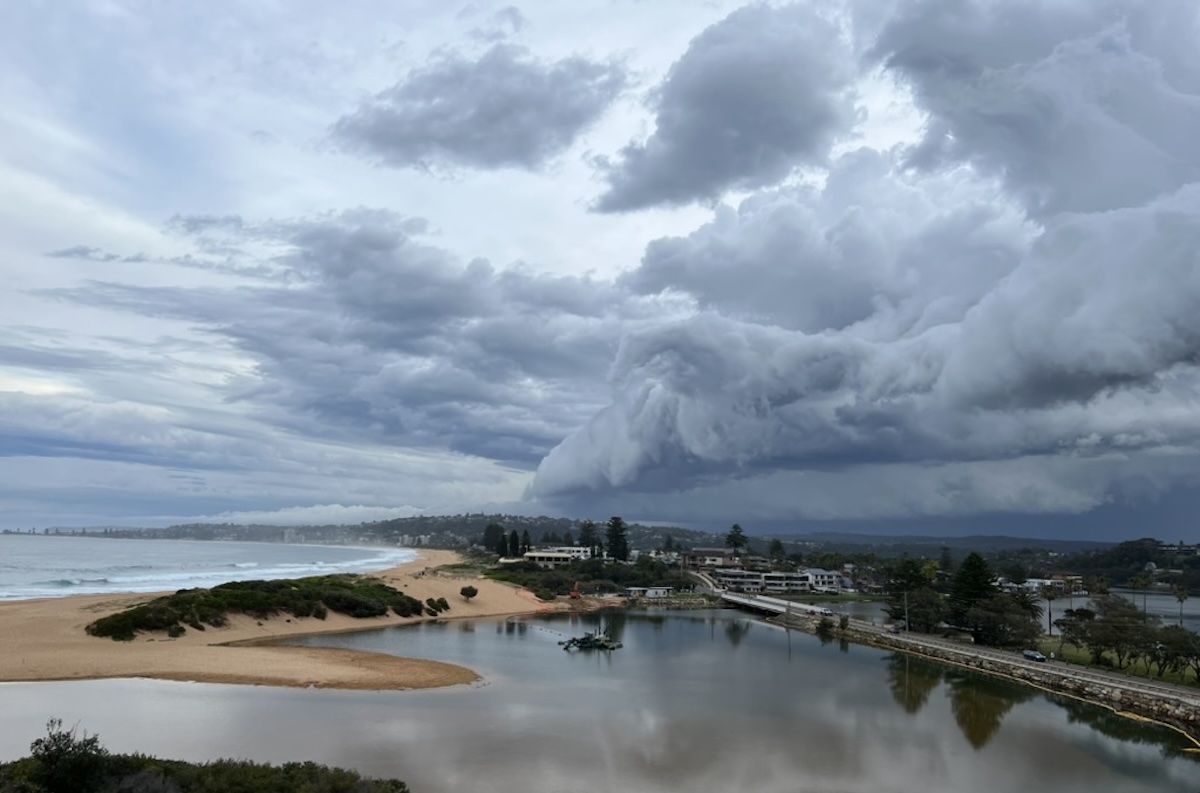

A new report from Australia's insurance industry shows why we're always paying higher premiums. Our insurance losses are in the tens of billions, and due to a lack of investment in resilience, they're set to get worse.
In its report, Insurance Catastrophe Resilience 2024-25, the Insurance Council of Australia says that Australia has officially won the 'silver medal we don't want'.
According to the ICA, Australia ranks second in the world for what it calls "extreme weather losses" over the last half-century. We were beaten only by the United States. We were beaten at one stage, however, by our neighbours across the ditch. New Zealand briefly jumped ahead in the past five years due to two outsized events.
Across Australia, the US, Canada, France, Germany and New Zealand, inflation-adjusted losses from floods, bushfires, storms and extreme cold have climbed every decade since 1980. Australia’s position reflects exposure to natural perils, more people living in risky zones, and infrastructure not built for today’s climate.
The last year underscores the trend. Insured losses from declared events in 2024–25 total about $2.0 billion across 154,100 claims, with an average claim of $13,000. The big three were all from flooding, caused either by tropical cyclones or massive storm cells.
In fact, flood risk is the real star of the report. About 1.36 million properties face flood risk, including an estimated 242,000 at severe to extreme risk. More than 186,000 of those high-risk homes lack flood cover, leaving families exposed when disasters hit.
And as always, the burden falls heaviest on those with the least. Roughly 70 percent of households exposed to the highest flood risk are in areas below the national median income, and about 35 percent are below the poverty line.
For all the data showing the financial toll, the ICA’s report argues that Australia’s underlying problem isn’t the weather. Tt’s the lack of preparation.
While insurers have priced in rising risks for years, governments and communities have lagged in adapting the built environment to meet a harsher climate.
The result is a resilience gap that’s widening faster than it can be closed. Too many homes are still being built in high-risk floodplains, and local planning laws often fail to stop it. The report highlights that nearly 70 percent of properties at the highest flood risk are located in lower-income areas, meaning those least able to pay for insurance or rebuilding are the most exposed.
Insurers are bearing escalating losses from events that could have been mitigated through better design, stronger materials and strategic infrastructure. The ICA notes that while insurers and governments collectively invest hundreds of millions of dollars in disaster recovery each year, only a small fraction of that goes to prevention.
ICA CEO Andrew Hall describes it as a “global race” to harden assets before the costs spiral further. Every year, he says, the cost of rebuilding climbs, and every year the bill grows for governments that are forced to fund recovery instead of resilience. “Each decade is costlier than the last,” Hall warns, “and insufficient investment is leaving Australians to shoulder an outsized economic burden.”
The policy drumbeat is clear: build resilience at scale. The report backs a 10-year, $30.15 billion Flood Defence Fund to deliver levees, home strengthening, buy-backs and upgrades to existing defences, alongside tougher planning rules, stronger building standards, and tax reform to lower premiums.
The Council estimates that targeted resilience projects, like levees, flood-walls, drainage upgrades, property buy-backs and retrofitting homes to new standards, can deliver up to $8 in savings for every $1 invested. Yet Australia still spends about 97 percent of disaster funding on recovery and just 3 percent on prevention.
The report outlines how a properly funded national program could reshape the risk map:
I'm a natural cynic. It's what 20+ years in journalism does to you, unfortunately. When I first read this report, I clutched my climate change pearls. Every year or so now we hear about a 'once-in-a-century' weather event that takes a catastrophic toll on part of Australia. These events are becoming more frequent and more intense when they strike. And the numbers bear me out on that one.
But then my eyes narrowed. The insurance business isn't an unprofitable one. Some estimates say the sector pocketed over $6 billion in profits alone in the last financial year. To single one out, in 2023, IAG recorded a 140% increase in its net profit year on year.
That’s what makes this report a bit rich. When the Insurance Council warns that “each decade is costlier than the last,” what it’s really saying is that those costs are being deftly passed along to customers. Every flood, fire or cyclone is used to justify another round of premium hikes, exclusions and excesses, all while the industry posts record profits.
The ICA’s call for a $30 billion Flood Defence Fund sounds like a moral crusade for resilience, but it’s also a play for protection — not for households, but for insurers’ balance sheets. If the government builds the levees and fortifies the towns, insurers pay fewer claims and preserve their margins. In other words, they get to socialise the cost of prevention while privatising the savings.
That’s not to say the risks are imaginary. The numbers on climate damage are real, and the science is beyond dispute. But it’s worth remembering who’s doing the talking. The same industry that warns Australians of “unsustainable losses” has been one of the few to turn climate volatility into steady returns. The more the weather burns, the stronger the case for higher premiums, and the stronger the bottom line.
So when insurers ring the alarm bell about resilience, it’s worth asking: is this a public service, or a pre-emptive PR move to defend the next wave of price rises?
One thought to leave you with: one of the first recommendations contained in the report excerpt the ICA issued today isn't a rallying cry to halt climate change-related activities. It's a recommendation to cut taxes on insurance.
Taxes and stamp duties on insurance make premiums more expensive, so removing them would encourage more people to buy cover, widening the pool and theoretically lowering costs. It sounds plausible. But the industry’s preferred fix conveniently boosts its own margins while doing little to solve the underlying problem of climate risk.